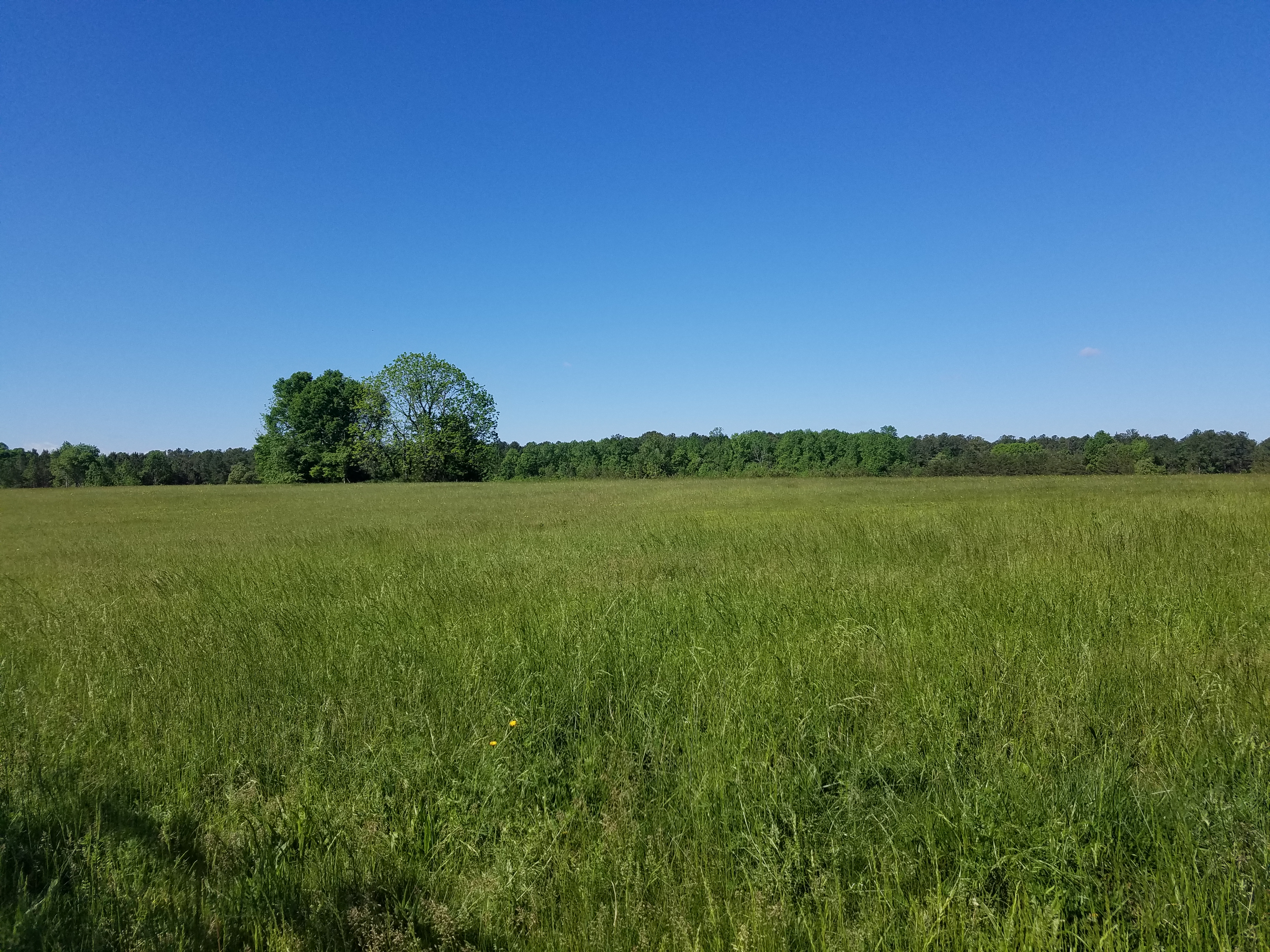A Bump in the Road to Spotsylvania: The Battle of Todd’s Tavern

On May 5-6, 1864, in the Battle of the Wilderness, Robert E. Lee brought the spring offensive launched by George Meade’s Army of the Potomac to a grinding halt. Rather than retreat, General-in-Chief Ulysses S. Grant, who was traveling with Meade’s army, ordered him to prepare for a night march around Lee’s right flank to Spotsylvania Court House. A critical piece of this plan was Federal control of the Brock Road. Running south from the Union left, it was the main thoroughfare to the court house. For Grant’s plan to be successful, the road would have to be in Union hands by nightfall on May 7 when the infantry march was slated to begin. The task of engaging Maj. Gen. J.E.B. Stuart’s Confederate cavalry and securing the Brock Road fell to Meade’s cavalry chief, Maj. Gen. Philip H. Sheridan.
On the morning of May 7, Brig. Gen. George Custer’s brigade from Brig. Gen. Wesley Merritt’s division left their encampment and proceeded west along the Catharine Furnace Road. When he reached the Brock Road, Custer turned to the left and sent the 1st Michigan ahead in the direction of Todd’s Tavern. This building and surrounding structures stood near the point where the Catharpin and Brock Roads intersect. About three quarters of a mile north of the tavern, the Wolverines ran into elements of Maj. Gen. Fitzhugh Lee’s division. As the gunfire intensified Merritt soon pushed the 6th New York Cavalry from Col. Thomas Devin’s brigade up to reinforce Custer. This added weight, along with the arrival of Brig. Gen. David Gregg’s division, prompted Lee to withdraw. Assuming a new position about two miles to the south, he ordered his men to pull down nearby fences and build barricades.
Back at the road junction, Gregg and Merritt prepared to resume the advance. Gregg would head west along the Catharpin Road while Merritt continued down the Brock Road. Leading Gregg’s division was a brigade commanded by his cousin, Col. John Irvin Gregg. Gregg followed the road until he reached Corbin’s Bridge on the Po River. There on the opposite bank Stuart had placed the divisions of Maj. Gens. Wade Hampton and W.H.F. “Rooney” Lee. Outnumbered, Gregg pulled back to the east, dismounted and formed a battle line. No sooner than his men deployed did the brigades of Cols. Pierce M.B. Young and James Gordon appear on his front. “Out of the woods the enemy came, yelling as only they could yell, and they had fairly got into the field when cannon and carbines opened fire” wrote a member of the 1st Maine. “All that afternoon the fight was kept up, the rebels making several unsuccessful charges, and all that afternoon the brigade held the position…it was an afternoon of spirited attacks and of stubborn resistance.”
Around 3 p.m. Col. Alfred Gibbs’ Reserve Brigade of Merritt’s division set out from the vicinity of the tavern, the 6th Pennsylvania in the lead. The Keystoners advanced with a mounted squadron on the left and owing to the dense woods, a dismounted squadron to the right. Soon they encountered Lee’s skirmishers and drove them back on the main position. Lee had stacked his brigades one behind the other. Brigadier General Williams C. Wickham held the first line about a quarter mile ahead of Brig. Gen. Lunsford Lomax’s Virginians. Gibbs soon arrived with the rest of the brigade. He placed the 1st U.S. and 1st New York Dragoons to the left of the 6th Pennsylvania, the 5th U.S. on the right and the 2nd U.S. in support.
“With a terrible yell the Dragoons go to work, loading and firing their carbines with the utmost rapidity and with deadly effect” recalled one New Yorker. “The air seems filled with leaden missiles from either side. For a while the issue is doubtful…but still the desperate, though unequal, conflict is kept up with unabated fury.” When his men began to run out of ammunition, Gibbs called for assistance.
Reinforcements soon arrived in the form of Devin’s brigade. “The regiment dismounted and moved down the road in column at a double quick and with a charging yell deployed upon the skirmish line” wrote a trooper in the 9th New York. In response, Lee brought up Lomax who deployed on Wickham’s left. David Gregg’s other brigade under Col. Henry Davies also joined in the fight, but the gray troopers stubbornly held on. Darkness finally brought an end to the engagement.
Sheridan was ecstatic over the performance of his men. Although Todd’s Tavern was in Union hands, Fitz Lee firmly held the Brock Road. Somehow through the course of the battle, Sheridan had not received Meade’s directive regarding the army’s imminent march to Spotsylvania. Meade was aghast when he rode into Todd’s Tavern later that night to find Sheridan’s troopers still there. On the morning of May 8, Union infantry from Maj. Gen. Governeur K. Warren’s V Corps relieved the blue cavalry and assumed the advance. Under Stuart’s direction, his troopers skillfully delayed Warren’s advance. By the time Warren had cleared the road, it was too late. Lee’s army had reached Spotsylvania ahead of the Federals and the two sides would settle in for another brutal slug fest.
Cavalry fights are always a good read ! Thanks.
Thank you, David.